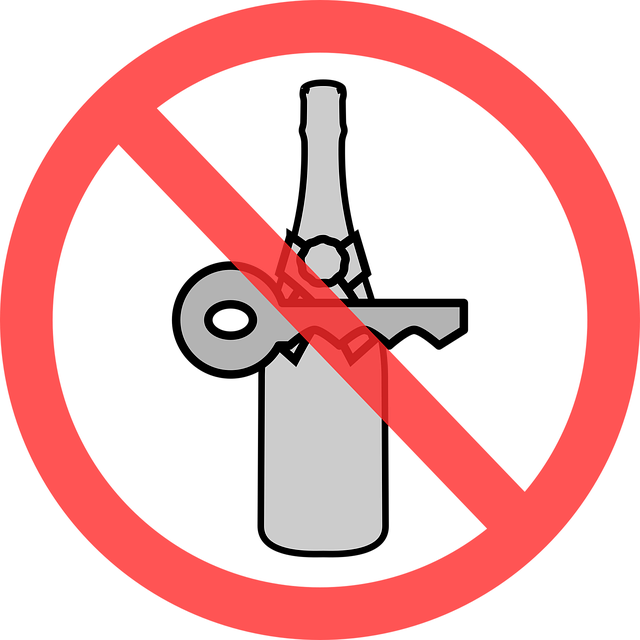Recidivism, driven by social and economic factors, can be mitigated through comprehensive strategies. Identifying at-risk groups and understanding their needs is crucial. Tailored interventions focusing on homelessness, mental health, and substance abuse during incarceration and post-release periods prove effective in reducing repeat offenses. Enhancing justice system surveillance with data analytics and addressing societal issues are key. Providing education, job training, and community support services empowers individuals to avoid crime, reduce marginalization, and foster a sense of belonging, ultimately lowering recidivism rates.
In the ongoing pursuit of safer communities, understanding and addressing recidivism stands as a pivotal challenge. This article delves into the intricate world of recidivism reduction strategies, exploring how closing legal loopholes can significantly curb reoffending rates. By examining the factors driving repeat offenses, we uncover effective solutions that not only strengthen criminal justice systems but also foster societal rehabilitation and reform. Discover practical approaches to tackling this complex issue head-on.
- Understanding Recidivism and Its Impact
- Effective Strategies to Close Loopholes and Reduce Reoffending Rates
Understanding Recidivism and Its Impact

Recidivism, or the reoccurrence of criminal behavior after a period of incarceration, is a complex issue with significant societal implications. It’s a challenging cycle to break, often stemming from underlying social and economic factors that contribute to an individual’s descent into crime. Understanding these patterns is crucial in developing effective recidivism reduction strategies.
By studying recidivism, we can identify at-risk populations and design interventions tailored to their needs. This may include addressing homelessness, mental health issues, or substance abuse, which are often precursors to criminal activity. Implementing evidence-based programs during incarceration and post-release support services can significantly reduce the likelihood of repeat offenses. Such strategies aim to equip individuals with the necessary tools and resources to reintegrate into society successfully, thereby breaking the cycle of recidivism.
Effective Strategies to Close Loopholes and Reduce Reoffending Rates

Closing loopholes is a strategic approach to reducing recidivism rates, ensuring that justice systems focus on rehabilitation and community reintegration. One effective strategy involves enhancing surveillance and monitoring mechanisms. This includes implementing robust data analytics tools to identify patterns in offender behavior, predict potential reoffending, and allocate resources efficiently. By closely tracking individuals at high risk, authorities can intervene promptly with targeted support services.
Additionally, addressing underlying social issues is a powerful Recidivism Reduction Strategy. Programs that provide education, job training, and mental health services can equip individuals with the necessary tools to stay out of crime. Community-based initiatives fostering social connections and support networks also play a vital role in preventing reoffending. These strategies create opportunities for personal growth, reduce marginalization, and foster a sense of belonging, ultimately contributing to lower recidivism rates.
By implementing evidence-based recidivism reduction strategies, we can break the cycle of reoffending and create a safer, more just society. Understanding the root causes of recidivism and utilizing effective interventions are key to closing gaps in our criminal justice system. These strategies not only benefit individuals but also foster communities that are stronger and more resilient.






